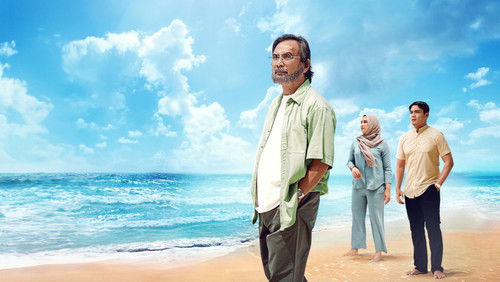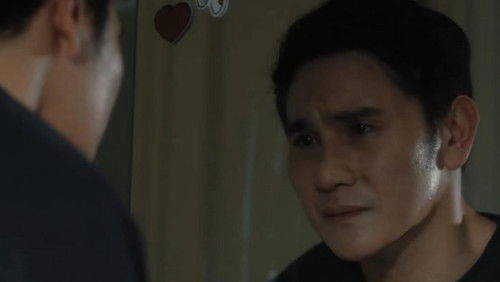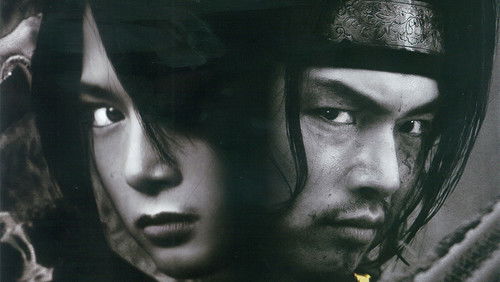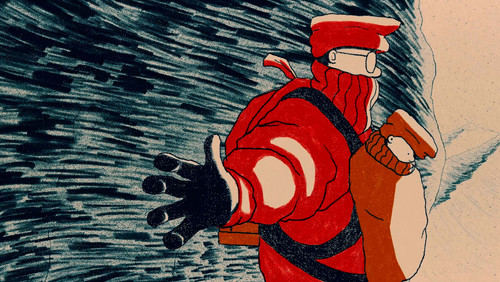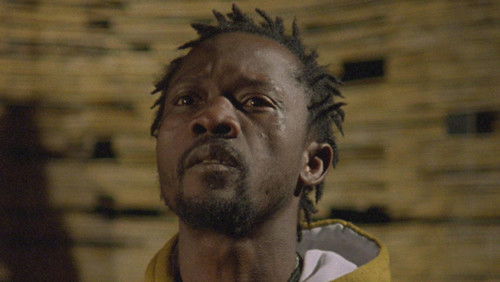Schreie und Flüstern (1972)
17KSchreie und Flüstern: Directed by Ingmar Bergman. With Harriet Andersson, Kari Sylwan, Ingrid Thulin, Liv Ullmann. When a woman dying of cancer in early twentieth-century Sweden is visited by her two sisters, long-repressed feelings between the siblings rise to the surface.
“In a perfect demonstration that horror and trauma are the stuff of real, everyday life and not the macabre vision of fantasists, Cries and Whispers marked Bergmanu0026#39;s recovery as one of Europeu0026#39;s greatest film directors.u003cbr/u003eu003cbr/u003eLike most Bergman films, Cries and Whispers is concerned with death, the suffering before death and the re-evaluation of life that death brings. It centres on three sisters: one dying of cancer, another trapped in a repellent marriage, and the last engaged in an uncomfortable affair. Moving between these three women is the maid, who tends the dying woman in her agony and, in one stunning scene, holding her to her naked bosom like a mother holding a child.u003cbr/u003eu003cbr/u003eIt is not, then, a barrel of laughs. Bergman films are not often for casual viewing, and I certainly wonu0026#39;t be taking this one home to watch with my mother.u003cbr/u003eu003cbr/u003eLike a great classical composer, Bergman uses contrast to enormous effect. Muted sounds which force you to strain to listen are punctuated with heart-rending screams from the dying Agnes. The colour scheme is a disquieting red, fading into pastoral greens and blues as the women reminisce about their younger life.u003cbr/u003eu003cbr/u003eThe characters also contrast uncomfortably. The two younger sisters, Karin and Maria, are sitting the deathwatch for their sister, but their task arouses no compassion in them. They are appalled and repelled by their sisteru0026#39;s suffering, but they will not hold her hand or comfort her. The mutual dislike for each other is palpable. This contrasts with the simple humanism of their maid Anna whom they callously talk about firing, once their sister is dead.u003cbr/u003eu003cbr/u003eSet in the late 19th Century, the story flits intermittently between present and past, fleshing out the motivations and the stories of the sisters. One of these flashbacks confronts the audience with one of the most disturbing image in cinema, a repressed Karin cutting her vagina with glass to avoid sex with her husband.u003cbr/u003eu003cbr/u003eOnly a director of Bergmanu0026#39;s calibre could make such a film riveting. Yet riveting it is. Bergman gets sensational performances from his four main leads; regulars Liv Ullmann, Ingrid Thurin and Harriet Andersson and a majestic, understated Kari Sylwan. To call this film Ibsenesque would be a slur on the originality of Bergmanu0026#39;s vision. It is a testimony to his genius that this may not be his best film, yet it is one of the most striking films in modern cinema. I cannot recommend it highly enough. 9/10.”

